
What has the experience of widespread remote work felt like for employees, managers and leaders? And, have organisations learned anything that will make them rethink how work gets done as they approach what
remains an uncertain future?
We understand that the way many organisations do things, or more specifically, how they interact and accomplish their work each day, has changed. This is especially true for those organisations who rely on face to face interactions. With this dramatic shift, our survey has taken a deep dive into the factors that matter to employees and here we share the key results: the positives, the low points and future considerations.
Introduction
The survey was conducted across a range of respondents from North America, the UK and Europe.
Some results clearly highlighted positive factors but also some ‘low’ points. Respondents offered their reflections on how they see workplaces changing in the future, and how the role of home working is likely to play a part within that.
It isn’t a surprise that when we go through life-changing experiences, we reflect on what has come to pass. It’s human nature. Respondents have indeed reflected on their life and journey during home working in this critical period to consider what is and isn’t important. This has created impacts on their relationship to work and ways of working. These impacts are evident in people’s reflections on the kind of work they want to do in the future as well as how they want to do it. This also poses questions for Human Resources departments about the way the employee experience is viewed and the different opportunities that would be needed to engage their people more effectively.
Issues such as interpersonal trust and boundaries have become more important. This is in addition to looking after each other, spotting problems and keeping each other buoyant and motivated.
For some, there is also the re-evaluation of domestic roles to consider, due to the blurred lines of work and life coming together in this new way.
Home working is no longer a privilege for the few.
Research Summary: The Positive Highlights
Even though people needed to establish home working as quickly as possible in response to the developing situation, there were few instances of respondents reporting ‘foundation issues’ with set-up processes or making initial adjustments.
There were a few positive factors that stood out:
- Most respondents felt positively able to make adjustments to how they worked.
- Productivity levels have increased for many.
- Some reported that it felt easier to drop in conversations at a more personal level with leaders.
- Many people responded they have developed deeper, more open relationships with colleagues, and can spend more focused time in conversation.
- Meetings have become more purposeful because of more time, volume and opportunity.
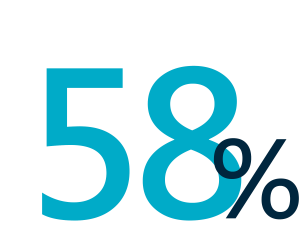
of respondents in North America had worked at home previously
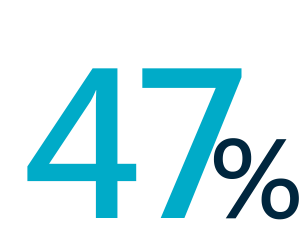
in Europe and
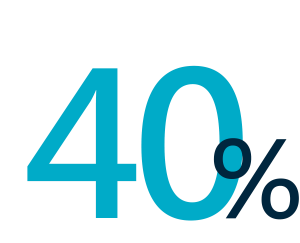
in the UK
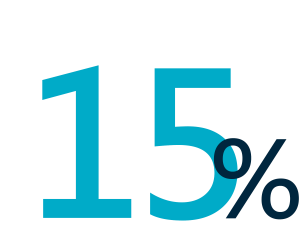
have never worked from home. Europe had the smallest percentage of people who had never worked from home.
Europe had the smallest percentage of respondents who had never worked at home at
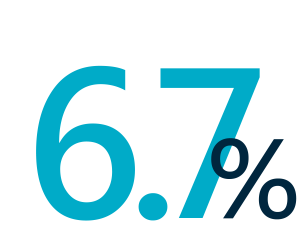
Overall only

of people had never worked at home.
Research Summary: The ‘Low’ Points
Once home working was underway, the ‘stacking’ of factors around home working started to have an impact. We found issues around isolation, general saturation and exhaustion levels. People reported that they were struggling to find time for reflection and finding it hard to break out of the pressure and volume of activity that came with home working during the pandemic. Here are the specifics:
- Simple concerns about how to compartmentalise time, domestic roles, children and care materialised.
- There are problems with maintaining documents and records from the volume of activity alongside a lack of real reflection time on tasks and reviewing and writing up the content of meetings.
- The volume and pace of work is higher meaning that the working day is difficult to manage or even separate out in terms of work/life; it becomes blended.
- There is a negative impact from constant online meetings that demand attention and focus. This feel different to the working ‘norm’, where activities are varied and split into types (face to face meetings, phone calls, virtual meetings etc).
- Lack of attention caused by saturation may give rise to a greater incidence of groupthink or minority influence in decision-making.
- Less spontaneity in ideas and divergent thinking has impacted directly on innovation and more expansive problem-solving.
- Issues emerged relating to resources; access to IT; chairs, desks and monitors; and the planning required to work at home. The longer-term impacts are already showing in ergonomics-related health issues such as repetitive strain injuries and back issues.
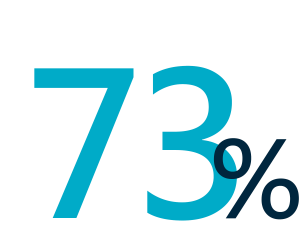
of people in North America were happy to work at home, compared to
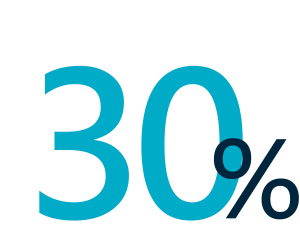
UK and
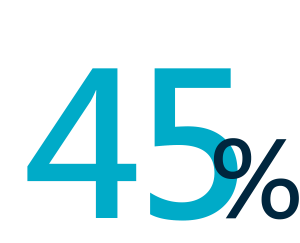
in Europe
Research Summary: The Unknown
As employees are very much focused on the present, and obviously the concerns around the present, it’s difficult to understand any longer-term impacts, so knock-on effects are harder to predict. Here are some reflections:
- It is hard to make sense of what is going on for some people and opportunities or threats may have been missed along the way.
- The lack of time for administration and review may affect work competence and knowledge over time, creating gaps in understanding and therefore poor judgement calls.
- Personal reflection may also change the mindsets and life expectations of some respondents, but the impact of this isn’t yet realised.
- How Human Resources departments flex for the future of home working will be a feature to discuss and plan, in terms of resources and implications.
Current Considerations
Individualisation
Individualisation would be helpful if possible. Managers can ask each team member to describe the conditions under which they perform best, their concerns about their workflow and their emotional response to the situation. Then, some of these concerns can be addressed.
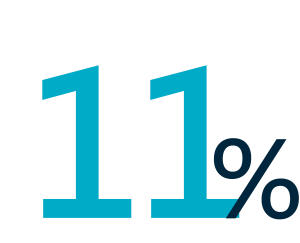
of UK respondents felt unable to make decisions initially
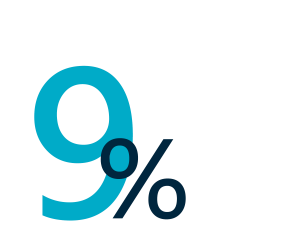
of North Americans felt the same
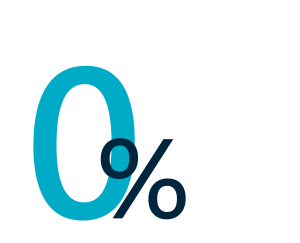
In Europe, this figure was
Manager Support
This sudden change to home working has changed how managers work and communicate with their teams. That can be a tough transition in terms of manager needs and expectations, and their preferred working management styles. They may worry about disruptions to the workflow they’re accountable for. Some may feel they have to be physically present to be good coaches and leaders. Others may feel unsure that they can engage workers from a distance, while some might have trust issues about what their employees may actually be doing.
‘Manager support, both practical and emotional, is needed during what is a tough transitional phase of work/life’
Emotional Connection with Employees
Many employees are suddenly working with more distractions, chaos and uncertainty. Some are adjusting to remote work whilst sharing their space with multiple family members, or dealing with healthcare uncertainties. Showing employees that you care about them as a person, and not only as a producer of work, is critical during this time.
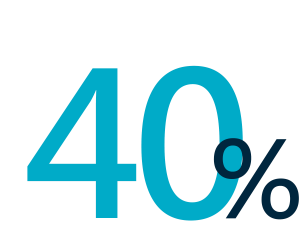
of UK respondents were worried about their mental health, compared to
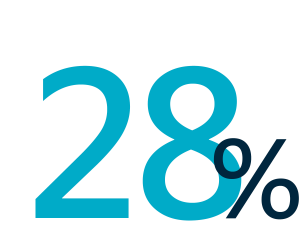
of European respondents and
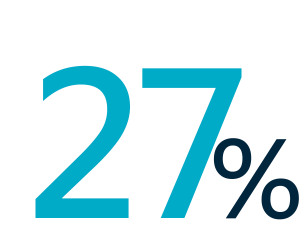
of those in North America.
Conclusion: Future Considerations
Re-opening businesses to more on-site work will require the ability to estimate the ‘readiness’ of employees from a functional and emotional perspective. What may fit the employee experience for one organisation may not work for another. Returning colleagues will be influenced by many factors and your remote work policies and decisions will affect employee engagement.
What simultaneous factors will you need to explore?
- The functional role and key job demands
- Work space and safety
- The individual’s perceived readiness and comfort
- Life circumstances
- Performance
- Team engagement
- Personal development
- The dynamics of working together remotely compared with in-person work
Greater remote work could become the “next normal”
